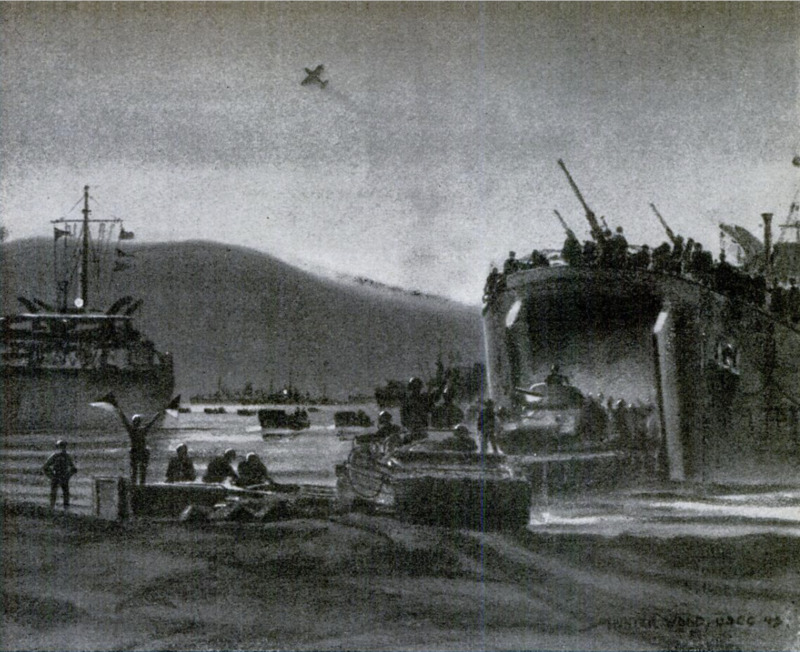-
Title (Dublin Core)
-
Allied invasion fleet consists of thousands Landing craft, ranging from rubber boats to transocean tank carriers
-
Article Title and/or Image Caption (Dublin Core)
-
Title: How we built our invasion fleet to storm enemy shores
-
Subtitle: A $1,000,000,000 armada of thousands of landing craft, ranging from rubber boats to transocean tank carriers, forms the flotillas of victory
-
extracted text (Extract Text)
-
HE building for our Navy in less than
ie years of a billion-dollar armada of
over 25,000 landing craft of unprecedented
design, ranging from 16-foot rubber boats
to 4,000-ton ocean-crossing tank carriers,
ranks high among all-time naval construc-
tion achievements. During the same period,
additional thousands of these highly special-
ized ships and smaller craft were produced
in America for our British allies. Today
they are being turned out even faster by
shipyards and boat-building and industrial
plants in 27 states, and a considerable por-
tion of the five billions recently appropriated
by Congress for naval auxiliaries will be
spent for them.
These “invasion boats” are our go-getters
of victory. They have made possible our
successful landings in North Africa, Sicily,
and Italy and on numerous Pacific islands.
They are a vital factor in the United Na-
tions’ military plans for the near future.
Used in conjunction with our sea and air
power, they provide the means of landing
troops and their mechanized equipment
quick reinforcement of the troops first
ashore was made impossible by the slowness
of the boats and by the small numbers of
soldiers the boats could carry. If piers
weren't available—and they usually weren't
—they had to be built under fire before any
but the lightest of field guns could be got
ashore.
Napoleon was the originator of specialized
invasion craft. In 1804, in preparation for
the conquest of England, he built hundreds
of shallow-draft rowing and sailing boats
and barges designed for the sole purpose of
carrying his army from Boulogne across 26
miles of salt water and landing it on English
beaches. Cornerstone of his plan was the
bottling up of the English fleet in the
Channel, while the landing was in progress,
by the combined French and Spanish fleets
holding the Strait of Dover. But the British
fleet maintained uninterrupted control of
the sea, and Napoleon had to leave his in-
vasion craft to rot on the Boulogne mud flats.
Leaders of amphibious expeditions went
on putting their troops ashore in ships’
boats. That still was the accepted method
of making opposed landings when we in-
vaded Cuba in 1898, although by then the
boats usually were towed by steam launches.
Lack of suitable landing craft forced us to
drop our cavalry and artillery horses over-
board with the hope that they would be able
to swim to shore, and the loss by drowning
of seven percent of these essential animals
set European general staffs to thinking
about specialized landing boats. By 1913
the Russians were using 40-foot collapsible
steel barges capable of transporting either
a heavy field gun or 200 soldiers, the British
were experimenting with folding wooden
boats which carried 50 men, and the Ger-
mans were trying out both types.
Early in World War No. 1 the British
attempted to capture the Gallipoli Peninsula
for the purpose of opening the Dardanelles.
In April 1915, British and Anzac troops were
landed from transports in ships’ boats and a
miscellaneous assortment of small craft
picked up in Mediterranean ports. The
terrible losses in-
flicted on the troops by the Turkish machine
guns convinced the British General Staff
that specialized landing craft were essential
for such operations. A result of thid costly
lesson was the building of shallow-draft
barges propelled by gasoline engines, pro-
vided with bow ramps which made quick
disembarkation possible, and capable of
carrying about 500 infantrymen. These
“X Lighters,” used successfully in the land-
ing at Suvla Bay in August 1915, were the
first self-propelled landing craft.
Considerable experimental and develop-
ment work on landing craft was done be-
tween the two world wars. The Japanese
used some self-propelled landing barges
early in their Chinese operations, and in
1938 used 50-foot troop-carrying barges
driven by airplane propellers in their ascent
of the shallow Yangtze River. The British
designed several types of landing craft, but
apparently built only a few experimental
models before the outbreak of the present
war. The Germans produced quantities of
rubber boats and rafts, which proved highly
effective in river crossings; how far they
progressed with craft designed to land
troops and their mechanized equipment on
ocean beaches is not known.
When, in 1935, our Navy became interested
in troop-landing barges to be carried in the
boat davits of transports, a New Orleans
builder of motor work boats had developed
a craft which, in its essentials, was just
what was needed. Andrew Jackson Higgins
had been building —and improving — his
“Eureka” boats for 20 years. Originally de-
signed to meet the needs of the fur trappers
of the southern Louisiana bayous, they were
being used in large numbers by Louisiana
oil drillers and by Central American oil and
plantation companies. They could operate
in very shallow water, carry heavy loads,
and withstand almost unlimited hard usage.
Their spoon bows enabled them to slide over
sand bars and drift logs and land almost
anywhere. And they were fast; a number
of years ago a Higgins boat established the
still-standing record of 72 hours for the
1,150-mile Mississippi River run from New
Orleans to St. Louis.
After a lengthy period of development,
minor design alterations, and testing, the
Navy adopted a 26-foot-long, 10%-foot
beam, Diesel-engine-powered modification
of the Higgins “Eureka” model and gave
it the type designation LCP(L)—Landing
Craft, Personnel (Large). These original
model Higgins boats have been used ex-
tensively in the Pacific, and by British
Commando raiders.
Somewhat later a 36-foot ramp troop-
landing boat produced by another builder
also was adopted, and designated LCPR—
Landing Craft, Personnel, Ramp.
Shortly after Pearl Harbor, offensive
operations being planned for the Pacific
theater made necessary the prompt produc-
tion of a landing craft capable of carrying
a jeep or even a light tank, and of landing
its load quickly. Higgins solved this design
problem by giving his original boat a ramp
bow and a few additional inches of beam.
This type was designated LCV—Landing
Craft, Vehicle.
Today's LCVP—Landing Craft, Vehicle,
Personnel—was developed from the earlier
Higgins boats. It is the Navy's standard
“beach climber,” and with the exception of
a rubber boat the only one now being built.
It is 36 feet long, has a beam of almost 11
feet, is armed with two .30 caliber machine
guns, and—like all our landing craft—is
Diesel powered. Operated by a four-man
Navy crew of coxswain, engineer, signal-
man, and bow-hookman who operates the
ramp and doubles as a gunner, it can carry
either 36 fully-equipped infantrymen, a light
howitzer and its crew, or a jeep and its crew.
Built of plywood, with a triple bottom, its
construction and design are protected by a
score of patents.
The Navy placed its first quantity order
for Higgins landing boats in November 1940.
Some months ago Higgins Industries cele-
brated the launching of its seven thousandth
“beach climber.” LCVP's also are being
produced under Higgins patents—given to
the Navy for the duration—by several other
builders in various parts of the country.
Inflated rubber boats sometimes are used
by the Marines, especially when they “shove
off” on landing missions from small auxiliary
vessels. LCR(L)—Landing Craft, Rubber
(Large)—is the standard type. Made of
heavy rubberized fabric, it weighs about 450
pounds, is 16 feet long and about four feet
wide, and carries 10 men. Most of the boats
of this type are propelled by paddles, but
some of them have extension-shaft outboard
motors hung from wooden brackets strapped
to their sterns.
In 1936 the Navy started the develop-
‘ment of tank-landing lighters for the Marine
Corps. After several years of experimenta-
tion the Higgins-designed 45-foot LCM-2—
Landing Craft, Mechanized, Model 2—was
accepted. The first craft of this type was
built in the street back of the Higgins plant
early in 1941, and still is in service in the
Pacific. When it became evident that medium
tanks were going to be vitally important
weapons in this war, the LCM-2 type was
enlarged into the now standard LCM-3,
which is 50 feet long and 14 feet wide.
Built of steel and powered by two Diesel
engines, it carries a medium tank or a
heavy gun or truck, and is so fast and
easily handled that it can be used with the
“beach climbers” in the first assault wave.
Higgins has produced well over 1,000 LCM’s,
and they also are being built under the
Higgins patents by 22 other manu-
facturers.
Supplementing the landing boats
are two land-water vehicles which
have proved their value under fire
—the Army’s “duck truck” and a
new amphibious tracked vehicle de-
veloped from the Marines’ Alligator
tank,
To protect and support the land-
ing-boat flotillas on their perilous
missions the Navy has developed
fighting craft. The LCS—Landing
Craft, Support—has been nick-
named “the seagoing bazooka.” Of
the same spoon-bowed hull design
as the original Higgins LCP(L), it
is formidably armed with rocket
projectors and machine guns, and
has smoke-screen apparatus,
Shortly after the Dunkirk evacuation in
1940, the British, determined some day to
get their army back on the Continent, began
to build landing craft. They developed
several satisfactory types of medium-sized
tank-landing lighters, but experience in
mechanized warfare convinced them that
+ for large-scale invasion operations they also
would need tank carriers of an entirely new
type—powerful and seaworthy ships which
could transport large numbers of medium
or heavy tanks on long ocean voyages, but
which could also be beached so that their
tanks could be landed quickly under their
own power. The original conception of this
unheard-of sort of ship is said to have been
a product of the fertile mind of Winston
Churchill.
‘When our Lend-Lease law was enacted in
1941, we were asked to undertake the build-
ing of all the larger types of landing craft.
British Navy officers came to Washington
in November and conferred with officers of
our Navy's Bureau of Ships. The result of
their talks was the LST—Landing Ship,
Tank. Twenty months after the design was
sketched, ships of this type had disgorged
their tanks on the beaches of Sicily, Italy,
and various Pacific islands.
LST’s are husky steel ships well over 300
feet long. Most noticeable of their many
novel features are the ponderous bow doors
which are swung open when the ships are
beached to discharge their tanks. The large
open space in the hull resulting from the
two-deck-high tank deck, which runs far
aft and is kept free from fumes by venti-
lators opening on the upper deck, posed a
difficult structural-design problem which
was solved by extensive compartmentation
of the lower hull. Except that LST’s draw
more water aft than they do forward, nothing
may be said about the underwater hull design
that makes them both seaworthy and capable
of being beached.
Two powerful Diesel engines drive twin
screws; there also are three auxiliary Diesels
which provide power for operating the bow
doors, ramp, and ventilating fans. LST’s
carry a heavy armament of antiaircraft and
dual-purpose guns, and are manned by crews
of eight officers and 85 enlisted men. They
carry large numbers of tanks or other
mechanized weapons, and heavy deck loads
of trucks, smaller landing craft, or other
cargo.
LCT's—Landing Craft, Tank—are Diesel-
powered steel landing lighters developed
. from similar British craft. They are a little
over 100 feet long, are armed with anti-
aircraft guns, and are of such shallow draft
that they can drop their bow ramps and
land their loads of medium tanks or guns,
trucks, or jeeps on even gently sloping
Jbeaches. They are built in three sections, so
that they may be taken apart for long-
distance transportation on LST's or cargo
ships.Originally designed by our Navy to meet
British needs, the LCI—Landing Craft, In-
fantry—has become an important vessel of
our invasion armada. It played an important
part in our Sicilian and Kiska operations.
LCI's are over 150 feet long, are as smart-
looking as destroyers, and are seaworthy,
powerful, and heavily armed. Although they
are capable of crossing the Atlantic, they
also can be beached in shallow water, and
land about 200 doughboys by means of twin
ramps which are lowered at either side of
their bows.
‘When the building of the first billion-
dollar section of our invasion armada was
undertaken, all shipyards and most boat-
building plants were working at full ca-
pacity. New sources of production had to
be found, and numerous contracts were
awarded to industrial concerns, located
along inland waterways, which had ex-
perience in steel fabrication but knew
nothing about ship or boat building. Work-
ers had to be trained. But all who had a
part in the big job, down to the newest girl
working for a subcontractor turning out
the smallest part, were told that they were
helping to build “invasion boats.” That was
enough. They got thousands of landing
craft finished in time to make possible our
first land offensives against the Nazis and
the Japs.
While the boats were being built, the Navy
was training crews to man them. Handling
landing craft, no matter what their size, in
all conditions of weather and surf and
against determined opposition from the
shore, is a job which takes plenty of know-
how and as much courage and physical en-
durance. Many of the sailors now manning
landing boats in active service—a number
of them already have won decorations for
bravery—received their training at the Am-
phibious Training Base near Norfolk, Va.,
or at one of the several other landing-craft
training bases in the Chesapeake Bay area.
These training establishments all are part
of the Atlantic Fleet Amphibious Training
Command of Commodore Lee P. Johnson.
So is Camp Bradford, also near Norfolk,
where troops ready for overseas service are
given a brief and strenuous course in in-
vasion techniques.
-
Contributor (Dublin Core)
-
Arthur Grahame (article writer)
-
Hunter Wood (illustrator)
-
Language (Dublin Core)
-
eng
-
Date Issued (Dublin Core)
-
1944-04
-
pages (Bibliographic Ontology)
-
72-79, 200
-
Rights (Dublin Core)
-
Public Domain (Google digitized)
-
Archived by (Dublin Core)
-
Lorenzo Chinellato
-
Marco Bortolami (editor)
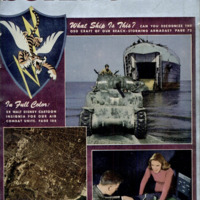 Popular Science Monthly, v. 144, n. 4, 1944
Popular Science Monthly, v. 144, n. 4, 1944
 Immagine 2022-05-02 203845.png
Immagine 2022-05-02 203845.png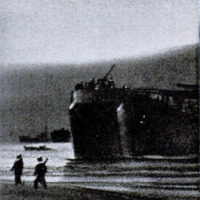 Immagine 2022-05-02 203828.png
Immagine 2022-05-02 203828.png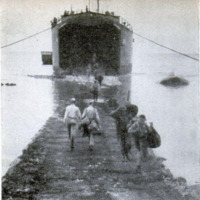 Immagine 2022-05-02 203859.png
Immagine 2022-05-02 203859.png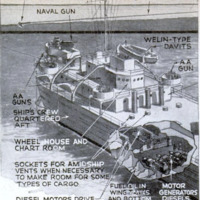 Immagine 2022-05-02 203911.png
Immagine 2022-05-02 203911.png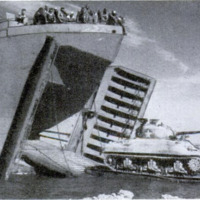 Immagine 2022-05-02 203926.png
Immagine 2022-05-02 203926.png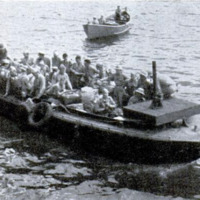 Immagine 2022-05-02 203939.png
Immagine 2022-05-02 203939.png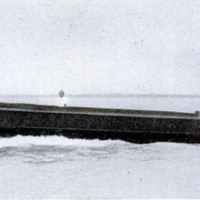 Immagine 2022-05-02 203950.png
Immagine 2022-05-02 203950.png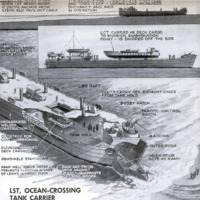 Immagine 2022-05-02 204004.png
Immagine 2022-05-02 204004.png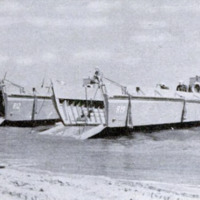 Immagine 2022-05-02 204017.png
Immagine 2022-05-02 204017.png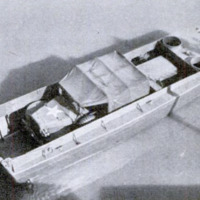 Immagine 2022-05-02 204026.png
Immagine 2022-05-02 204026.png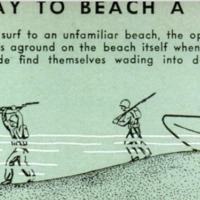 Immagine 2022-05-02 204042.png
Immagine 2022-05-02 204042.png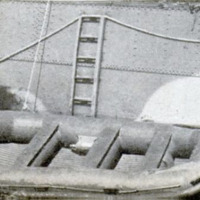 Immagine 2022-05-02 204057.png
Immagine 2022-05-02 204057.png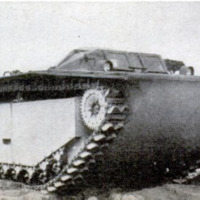 Immagine 2022-05-02 204106.png
Immagine 2022-05-02 204106.png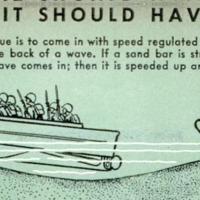 Immagine 2022-05-02 204118.png
Immagine 2022-05-02 204118.png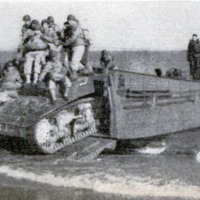 Immagine 2022-05-02 204132.png
Immagine 2022-05-02 204132.png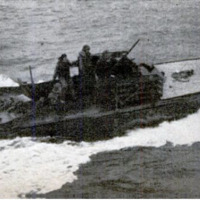 Immagine 2022-05-02 204142.png
Immagine 2022-05-02 204142.png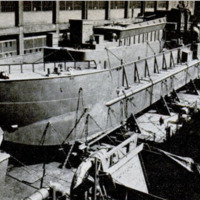 Immagine 2022-05-02 204153.png
Immagine 2022-05-02 204153.png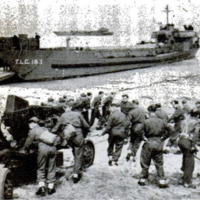 Immagine 2022-05-02 204204.png
Immagine 2022-05-02 204204.png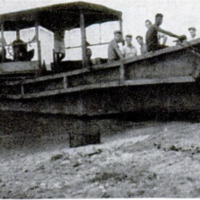 Immagine 2022-05-02 204220.png
Immagine 2022-05-02 204220.png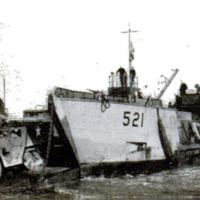 Immagine 2022-05-02 204231.png
Immagine 2022-05-02 204231.png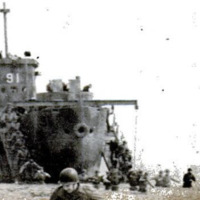 Immagine 2022-05-02 204243.png
Immagine 2022-05-02 204243.png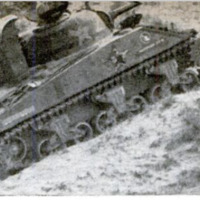 Immagine 2022-05-02 204257.png
Immagine 2022-05-02 204257.png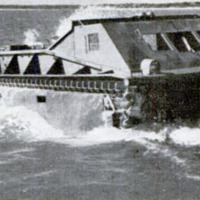 Immagine 2022-05-02 204306.png
Immagine 2022-05-02 204306.png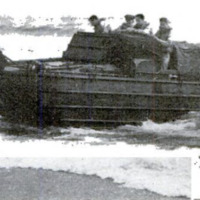 Immagine 2022-05-02 204317.png
Immagine 2022-05-02 204317.png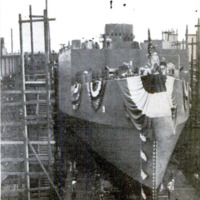 Immagine 2022-05-02 204331.png
Immagine 2022-05-02 204331.png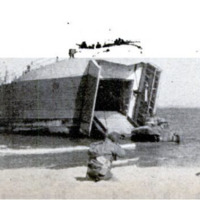 Immagine 2022-05-02 204345.png
Immagine 2022-05-02 204345.png
